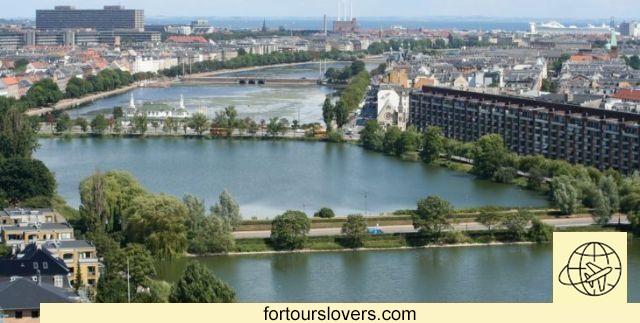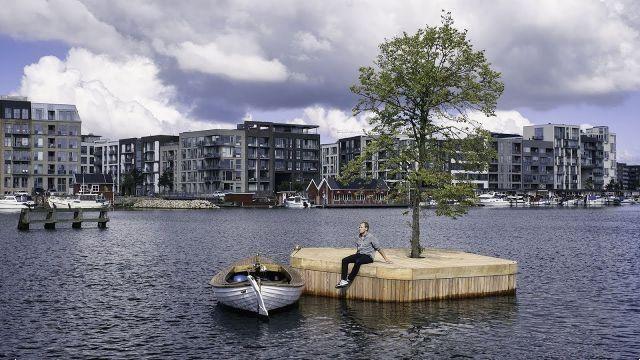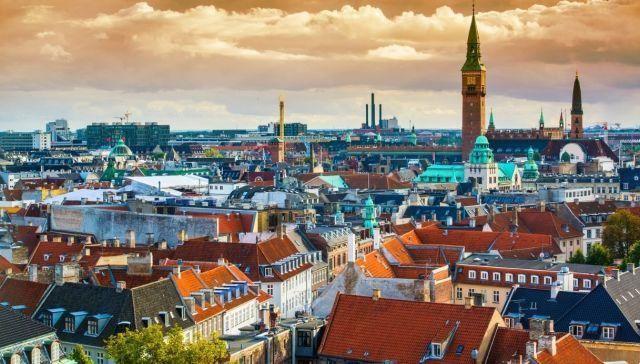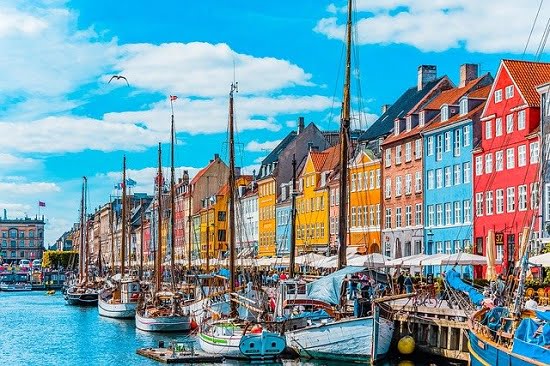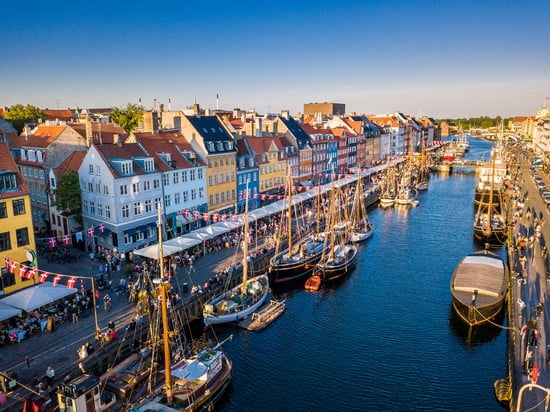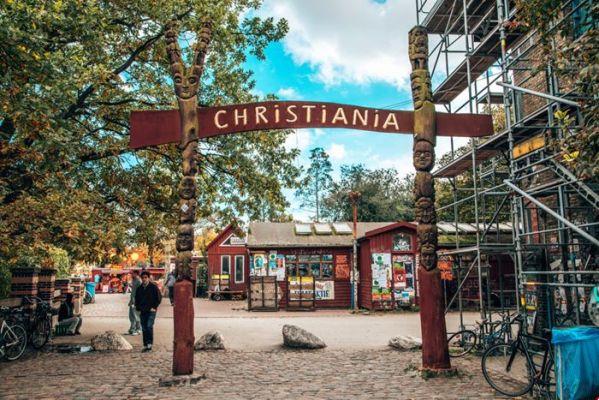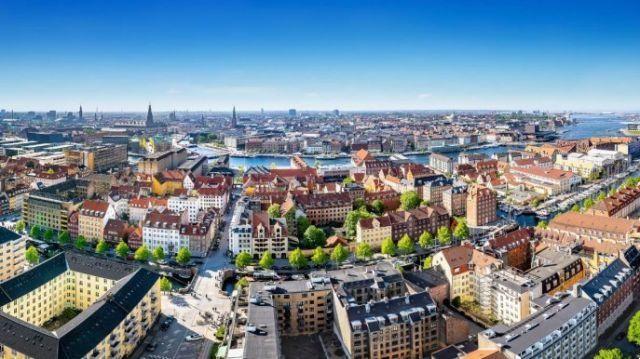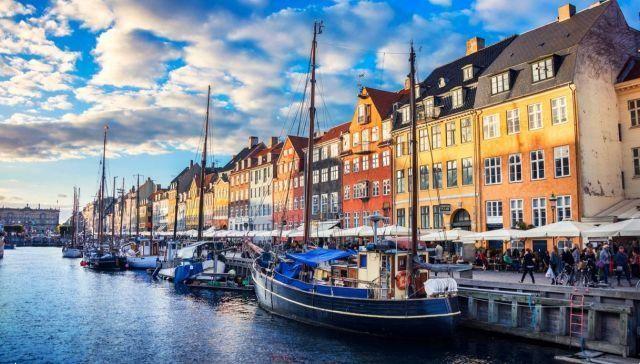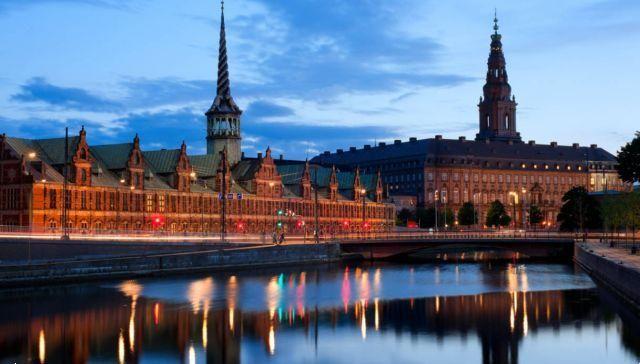 The guide to Copenhagen is one of the most wonderful in the whole of Europe, as it blends the old look of the Danish city with its new buildings. Here's how to get started
The guide to Copenhagen is one of the most wonderful in the whole of Europe, as it blends the old look of the Danish city with its new buildings. Here's how to get started
The Copenhagen guide it is one of the best ways to realize the grandeur of this city and the buildings, both new and old, which are the absolute masters here. It is one of the typical European cities that have succeeded in the mission of combining old styles of architecture with typically modern buildings. The rigid lines of European classicism here frame the soft designs of contemporary buildings. The Nordic identity of modern Copenhagen has not been lost at all, but rather expanded by the architectural avant-garde sector. The latter, despite maintaining all the characteristics of themodern architecture, is however recognizable due to some Danish hints. The tourist and administrative center of Denmark is today also a large artistic and cultural center, visited by many travelers both for its historical and innovative attractions.
The shops in the city of Copenhagen are built following the best contemporary traditions and hide many secrets to discover. The luxurious buildings, combined with the old aristocratic buildings, give the city a unique suggestive charm. The evolution of design in this Danish city is so fast that in 2008 Copenhagen was named the Best City in the World for Design by Monocle magazine, which deals with innovation in the field of design. The city panorama is simple, but at the same time very functional and creative. Many brilliant minds worked on it not only from Northern Europe, but even from the whole world. The city skyline is built in such a way that as a whole it forms a true work of art. In the city there are many buildings built both by local talents and by now world-renowned architects, authors of others innovative constructions and details about the globe.
For example, in Copenhagen there is the Elephant House, better known by the name of The Elephant House, the local zoo built by Sir Norman Foster, or the museum Ordrupgaard Art, created thanks to the project by Zaha Hadid. As if all this wasn't enough to make Copenhagen a city dedicated to the art of design and modern architecture, there is also the Radisson Blu Royal Hotel, built in 1960 and designed by Arne Jacobsen. This is the first Design Hotel built in the world. The best month to take a trip to capital of Denmark and starting driving Copenhagen is definitely January. Due to the typical cold of Northern Europe, there are few tourists, the prices of hotels and other catering establishments are significantly reduced, and the charm of winter Copenhagen is unparalleled.
Thanks to all the architectural attractions of the Danish capital, the latter has been included in the Top 20 most innovative cities in the world according to Skyscanner, together with urban centers such as Milan, Shenzen, Helsinki and others. And if you get tired of seeing the avant-garde buildings of the big city, you might consider discovering its ancient European charm. And in this field we would be spoiled for choice. The classical buildings of the capital of Denmark are truly many and varied. The guide to Copenhagen could start, for example, from the famous Little Mermaid. It's a symbolic monument of the city and you cannot say you have visited Copenhagen if you have not seen the Mermaid by the sea.
Furthermore, the Danes say this monument brings good luck. Will it be true? Not very far from the mermaid is the Nyhavn, known as the New Port of Copenhagen. In the past this place hosted many sailors who returned from their travels around the world. Likewise, the natural beauty of the port attracted many artists, including poets, writers and painters. Nowadays, many colorful houses typical of Holland and Denmark stand near the New Port. To the north of Copenhagen there is, however, the Louisiana Museum, where works of art by 20th century artists are housed, such as Picasso, Warhol and Giacometti. The museum is contained in a structure integrated with the surrounding environment, so much so as to form a completely unique landscape and certainly very beautiful to admire.
To discover the naturalistic side of Copenhagen you could consider visiting the Rosenborg Castle Gardens. It is a well-organized natural park, where many particular flowers grow which make it a true triumph of art and naturalistic feeling. Walking through the flowerbeds of the Danish royal garden is certainly an experience to do in Denmark. In the end, of ancient Copenhagen we cannot forget the Assistens Cemetery. This place was built in 1760 to respond to the problems of those who did not have enough money to be buried within the city walls. Over time, the Assistens Cemetery has become a place of worship and today you can find the graves of world-famous Danish figures such as Hans Christian Andersen and Kierkegaard.




